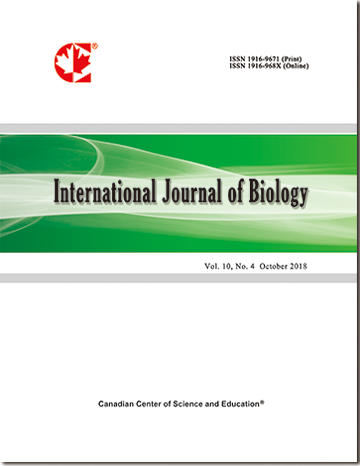Population Diversity of Leptosphaeria maculans in Australia
- Dhwani Patel
- Manuel Zander
- Angela Van de Wouw
- Annaliese Mason
- David Edwards
- Jacqueline Batley
Abstract
The fungal pathogen Leptosphaeria maculans, causal agent of blackleg disease, is a primary cause of canola (Brassica napus) crop loss in Australia. Expanding our knowledge of the occurrence of this pathogen in Australia will provide valuable insights into developing methods of resistance against it. In this study, we examine the population diversity of L. maculans in Australia using single nucleotide polymorphisms (SNPs). An Illumina GoldenGate 384 SNP assay was developed and used to genotype 59 blackleg isolates collected from across Australia, in different years and from different stubble sources. Limited linkage disequilibrium, absence of significant clustering in the principal component analysis and a mixed dendrogram suggest that the Australian L. maculans population as a whole is panmictic. Some evidence of clonality concentrated in each state was also observed. There was a lack of correlation between SNP haplotypes, stubble cultivar and year of collection. These results suggest a high rate of sexual reproduction and evolutionary diversification in the pathogen. These features could enable the pathogen to overcome resistance and continue to cause disease in Brassica crops. Analysis of these fungal population isolates will help shed some light on evolution and pathogenicity questions in this important crop pathogen.
- Full Text:
 PDF
PDF
- DOI:10.5539/ijb.v7n3p18
Index
- ACNP
- AGRICOLA
- BASE (Bielefeld Academic Search Engine)
- CAB Abstracts
- CiteFactor
- CNKI Scholar
- CrossRef
- DTU Library
- Elektronische Zeitschriftenbibliothek (EZB)
- Excellence in Research for Australia (ERA)
- Google Scholar
- Infotrieve
- LIVIVO (ZB MED)
- LOCKSS
- Max Planck Institutes
- MIAR
- PKP Open Archives Harvester
- Qualis/CAPES
- ResearchGate
- ROAD
- SafetyLit
- SHERPA/RoMEO
- Technische Informationsbibliothek (TIB)
- Universe Digital Library
- WorldCat
Contact
- Ryan JonesEditorial Assistant
- ijb@ccsenet.org
